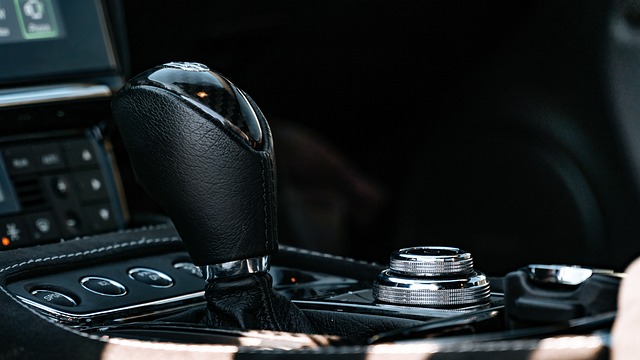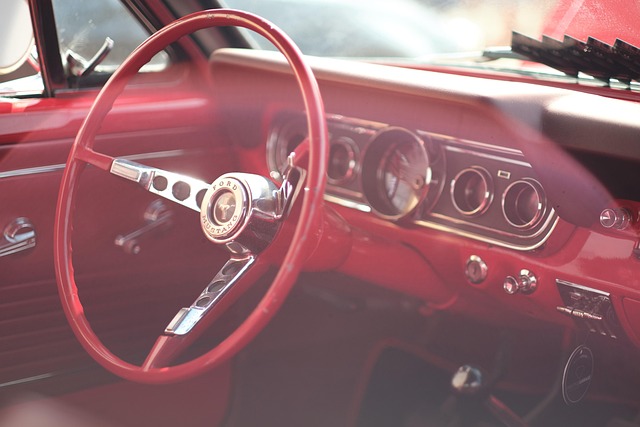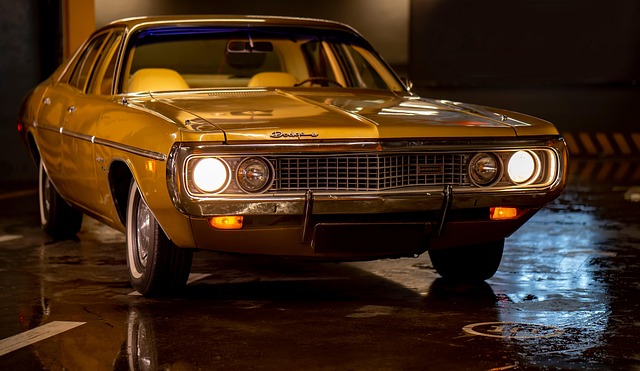California's DMV employs a rigorous VIN verification process to ensure vehicle authenticity and safety. Using a 17-character VIN, this system cross-references vehicle details with databases, preventing fraud, identifying stolen cars, and confirming compliance with standards. By verifying vin verified vehicles, buyers are protected from undisclosed issues, fostering transparency in the automotive market. The process is accessible, requiring only valid ID, proof of ownership, and an application form. It addresses common challenges and FAQs while underscoring its vital role in efficient vehicle registration and title issuance.
“Uncovering the intricacies of California DMV’s VIN verification process is crucial for vehicle owners and enthusiasts alike. This comprehensive guide breaks down the essential steps involved in ensuring your vehicle’s authenticity through its unique Vehicle Identification Number (VIN). From understanding the basic concept to navigating the state’s regulatory framework, we explore how the DMV plays a pivotal role in maintaining vehicle integrity. Get ready to delve into the details, uncover common pitfalls, and become a VIN verification expert.”
- Understanding VIN Verification: The Basics
- California DMV's Role in Vehicle Inspection
- Process and Requirements for VIN Verification
- Common Issues and Frequently Asked Questions
Understanding VIN Verification: The Basics

VIN verification is a crucial process in ensuring the authenticity and integrity of vehicles, especially when it comes to California’s DMV (Department of Motor Vehicles) regulations. Every vehicle has a unique Vehicle Identification Number (VIN), which serves as a digital fingerprint, containing vital information about its manufacture, model, and history. This system allows car owners, dealers, and authorities to cross-reference and validate the vehicle’s details.
When a California resident looks to register or transfer ownership of a vehicle, the DMV requires a VIN verification process. This involves checking the VIN against reliable data sources to confirm that the vehicle matches the specifications declared by the manufacturer. It’s a critical step in preventing fraud, identifying stolen vehicles, and ensuring road safety by verifying that every car on California’s roads meets the required standards.
California DMV's Role in Vehicle Inspection

The California Department of Motor Vehicles (DMV) plays a pivotal role in ensuring vehicle safety and legitimacy through its VIN verification process. This rigorous inspection is designed to cross-reference a vehicle’s unique Vehicle Identification Number (VIN) with detailed records, confirming its history and identifying any potential issues or discrepancies. By implementing these guidelines, the DMV helps protect consumers from buying vehicles with undisclosed problems, thus fostering a safer and more transparent automotive market within California.
The VIN verification process acts as a critical checkpoint in the vehicle ownership journey. It involves cross-checking information such as the vehicle’s make, model, year, and key components against official databases. This meticulous approach ensures that the vehicle is what it claims to be, preventing fraud and ensuring compliance with safety standards. California’s adherence to these guidelines not only protects residents but also sets a benchmark for automotive transparency across the nation.
Process and Requirements for VIN Verification

The process of VIN (Vehicle Identification Number) verification for California DMV is a crucial step in ensuring vehicle authenticity and history. It involves cross-referencing the VIN with multiple databases to gather essential information, including the vehicle’s make, model, year, and any reported accidents or damage. This verification is a critical component when buying or selling a car, as it helps detect potential fraud, odometer rollback, or hidden mechanical issues.
To initiate the VIN verification process, you’ll need to provide the exact 17-character VIN code, which can be found on the vehicle’s registration documents or by checking the driver’s side door post. Once submitted, authorized personnel will access specialized databases to match the VIN against records from manufacturers, insurance companies, and reporting agencies. The requirements are straightforward: a valid identification, proof of vehicle ownership, and completion of an application form. This meticulous approach ensures that California DMV offers a comprehensive and reliable method for both individuals and businesses to validate vehicle history, fostering transparency in the automotive market.
Common Issues and Frequently Asked Questions

Common Issues and Frequently Asked Questions
When it comes to California DMV VIN verification, several recurring issues often arise. One common concern is misinterpreting the guidelines, leading to incorrect vehicle documentation or inspection procedures. This can be attributed to the detailed nature of the rules, which cover various aspects like vehicle history, condition, and necessary paperwork. Another frequent issue involves outdated information, as regulations can change over time, requiring regular updates for accurate compliance.
Frequently asked questions (FAQs) often revolve around what constitutes a valid vin verified vehicle, acceptable documentation types, and inspection protocols. Many owners seek clarification on how to handle vehicles with modified components or those with out-of-state registration histories. Additionally, understanding the process for addressing discrepancies in vehicle identification number (VIN) records is a recurring query, emphasizing the importance of accurate and reliable vin verification as a foundational step in California’s vehicle registration and title issuance processes.
In conclusion, understanding California DMV’s VIN verification guidelines is crucial for ensuring your vehicle’s safety and legal compliance. By familiarizing yourself with the process and requirements outlined in this article, you can navigate the verification process smoothly. Remember that a vin-verified vehicle not only enhances its resale value but also contributes to safer roads for all California drivers.



